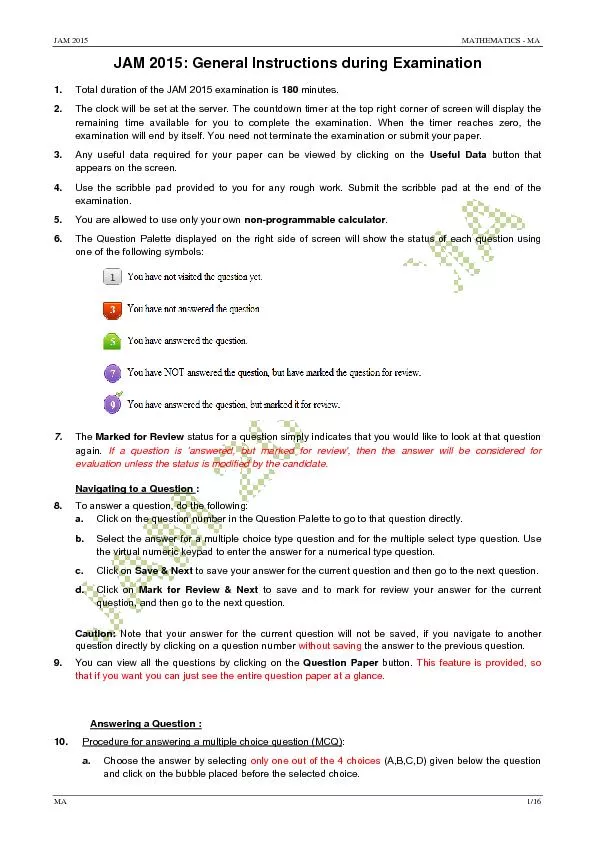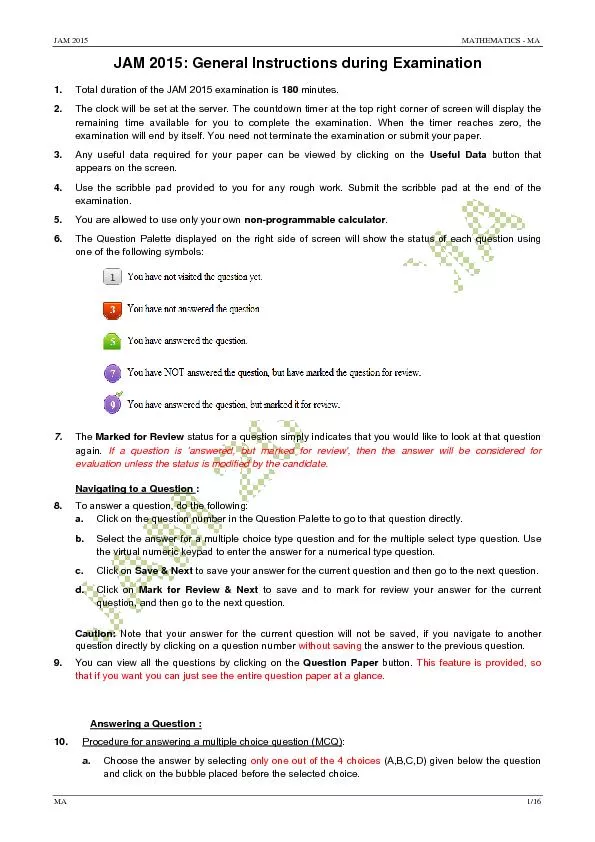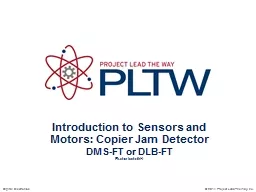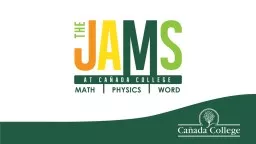PPT-JAM - HPH Joint Advanced
Author : narrativers | Published Date : 2020-07-04
Micropattern Gas Detectors for HadronPhysicsHorizon 2020 Bernhard Ketzer HPH Kickoff Meeting 27 March 2014 Bochum Why Micropattern Gas Detectors JAMHPH B Ketzer
Presentation Embed Code
Download Presentation
Download Presentation The PPT/PDF document "JAM - HPH Joint Advanced" is the property of its rightful owner. Permission is granted to download and print the materials on this website for personal, non-commercial use only, and to display it on your personal computer provided you do not modify the materials and that you retain all copyright notices contained in the materials. By downloading content from our website, you accept the terms of this agreement.
JAM - HPH Joint Advanced: Transcript
Download Rules Of Document
"JAM - HPH Joint Advanced"The content belongs to its owner. You may download and print it for personal use, without modification, and keep all copyright notices. By downloading, you agree to these terms.
Related Documents














